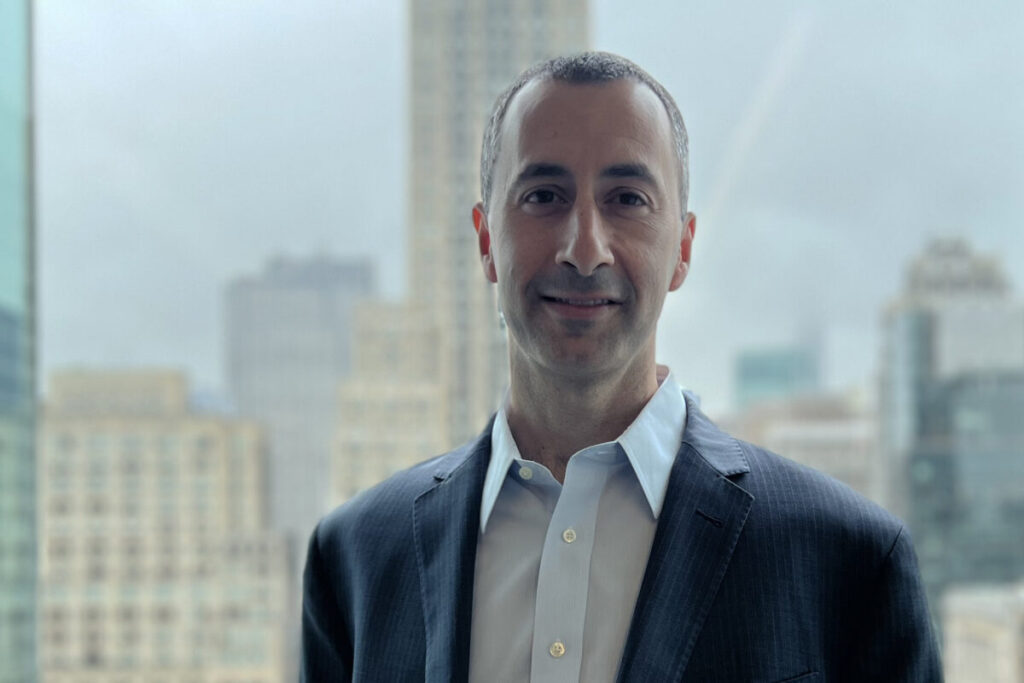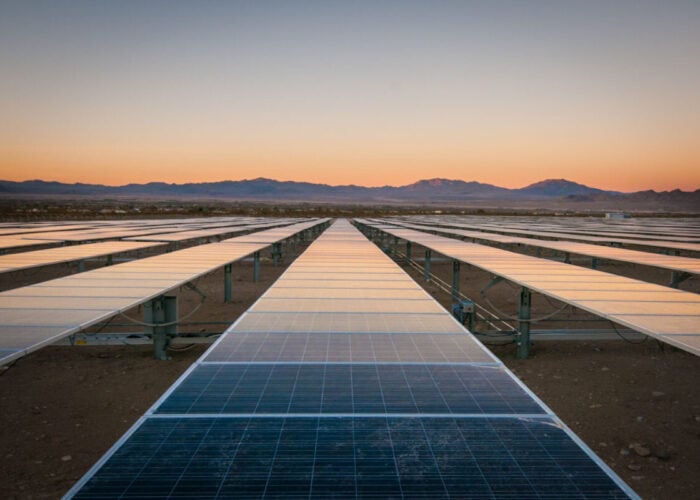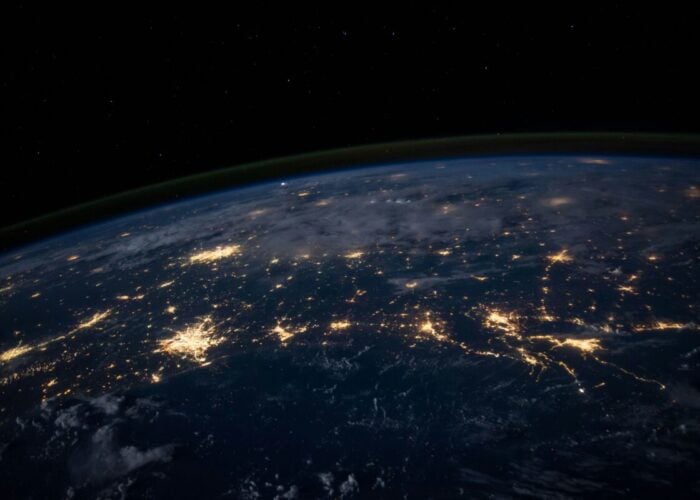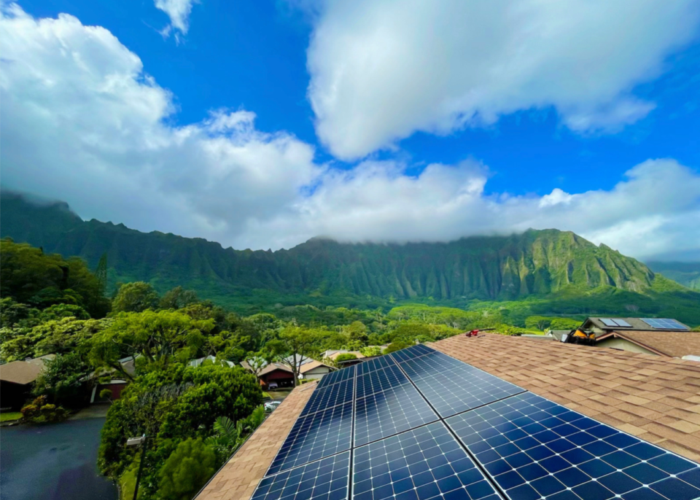
Following decades of stagnant growth, the US is facing a rapid surge in electricity demand led by the needs of tech giants seeking to connect data centres. Amazon Web Services, Google and Microsoft represent the largest cloud computing and data centre companies in the world and are upending the power system of the US, the largest market for data centres, through their expansion.
All three have adopted ambitious clean electricity targets to power their growth, with significant progress made largely through power purchase agreements (PPAs). By the end of 2023, Amazon had invested in 28GW of renewable energy capacity and was the largest corporate buyer of clean power. Microsoft increased its contracted portfolio of renewable energy assets to more than 19.8GW in the same year, while Google had invested over US$3.1 billion in clean energy assets with a combined 4.5GW between 2010 and 2023. Together the three made more capital investments than the entire US oil and gas industry, according to the International Energy Agency.
Unlock unlimited access for 12 whole months of distinctive global analysis
Photovoltaics International is now included.
- Regular insight and analysis of the industry’s biggest developments
- In-depth interviews with the industry’s leading figures
- Unlimited digital access to the PV Tech Power journal catalogue
- Unlimited digital access to the Photovoltaics International journal catalogue
- Access to more than 1,000 technical papers
- Discounts on Solar Media’s portfolio of events, in-person and virtual
Or continue reading this article for free
While this has served to green the operations of many data centres in the US, the growing demand for digital data is threatening to drive these tech giants off course. With individual data centres growing beyond 500MW capacity, the rising demand for power is outstripping new supply across the country as grid systems struggle to keep up by connecting new generation assets. The resulting delays threaten to put at risk the clean electricity targets of these businesses and the locations in which they operate.
Google revealed in July 2023 that its greenhouse gas emissions climbed 48% over the previous five years, as a result of consumption by data centres outpacing its ability to bring new carbon-free energy projects online. Microsoft also admitted in May 2024 that energy use related to its data centres was endangering its target of being carbon negative by 2030, while AWS has caveated its planned progress towards net zero with the admission that each year will deliver varying results.
Ben Hertz-Shargel, global head of grid edge at Wood Mackenzie, tells PV Tech: “It remains a challenge to develop renewables at the scale that companies are asking for them. To develop data centres is faster than renewables plants are being developed because there’s enormous appetite.”
Project interconnection queues in the US have grown to unmanageable levels in recent years, with active requests at the end of 2023 (2.6TW) more than double the total installed power plant capacity (~1.3GW). The amount of time spent in queues has increased by 70% over the last decade, according to Lawrence Berkeley National Laboratory, while almost 80% of projects proposed between 2000 and 2018 withdrew before connection. Solar, battery storage and wind projects account for 95% of all active capacity in the queues, demonstrating how utilities are struggling to connect the clean generation needed to match demand growth.
“Growth is going to be limited by utilities and how much they are able to interconnect. In some cases, companies will go off grid or significantly reduce their interaction by using co-located resources that’ll get them stood up faster, but so far that’s proving to be the exception,” Hertz-Shargel says.
He adds that of over 92GW of data centre capacity being tracked by Wood Mackenzie, less than 6% of sites have some sort of co-located resource like solar or battery energy storage.
Hertz-Shargel continues: “Battery storage is great [and] I think in some cases batteries will be leaned on but they’re too expensive to be seen at the scale of these [data centre] campuses, which are increasingly in multiple hundreds of megawatts. There needs to be other resources to lean on.
“All of us would love to see that not be a fossil-based resource. Solar is great but the land requirement is huge. In most cases, the biggest companies investing the most in renewables to match their data centres can rarely do it on site, so they’re generally doing it elsewhere [with] some sort of financial matching. You still have the full grid burden at that site.”
This will likely mean that utility grid capacity will remain “the active constraint”, according to Hertz-Shargel, rather than a lack of appetite to grow.
‘Clean transition tariffs’ on the way
Solutions are emerging to combat this constraint by working directly with utilities to create options that allow data centre operators to support the grid and bring their facilities online, as Hertz-Shargel explains.
“An important ongoing development is that a lot of states in the US and utilities are putting together tariffs to protect customers against the cost of data centres so that the companies themselves bear the cost and more of the risk,” he says.
Google launched a partnership in June 2024 with NV Energy to establish a ‘clean transition tariff’ (CTT) that, if approved by the Public Utilities Commission of Nevada, would allow the company to contract with a new clean energy resource–enhanced geothermal in this case–and accept the associated costs directly. This would avoid increasing costs for other grid-connected customers while bringing new clean generation online under a fixed-price tariff that Google can claim against its climate targets.
The long-term tariff has been designed to be replicable across the US and could overcome regulatory barriers to purchasing power directly from an entity other than the utility. NV Energy has long-term security under the agreement by matching the purchase of output from the clean generator with the sale of energy and capacity to Google. This is further supported by steep termination fees, liquidated damages and a requirement on the off-taker to post security. Hertz-Shargel believes such a model could create a valuable opportunity to deliver clean generation and offset data centre demand without heavy investment by utilities.
“There are numerous utilities working on these and that has the potential to significantly increase the amount of renewables that get built, not because they chose it in their [Integrated Resource Plan] to their regulator but because they have a tariff,” he says.
“That could be a game-changer in getting more renewables built that will not necessarily be co-located with the resource, but they will be in the utilities’ territory and meaningfully offsetting the net impact of the data centres.”
The use of geothermal under the NV Energy tariff serves the growing demand for hourly matching of consumption with clean generation within the same grid, which Google believes is the key to its future clean energy transition. This does not need to be the only solution, however, with Microsoft utilising Powerex’s 24×7 Clean Load Service to match consumption at a data centre in Washington with a mix of hydro, solar and wind power on a 24-hour, year-round basis.
Additional solutions could also come from the demand side itself, with virtual power plants representing a sleeping giant in terms of capacity already connected and available to utilities around the country. This topic will be explored in more depth in the upcoming edition of our quarterly journal, PV Tech Power.
These new solutions could be pivotal in tackling the substantial rise in power demand across the US stemming from data centres by bringing renewables online in a fraction of the time currently seen and at the scale required.






